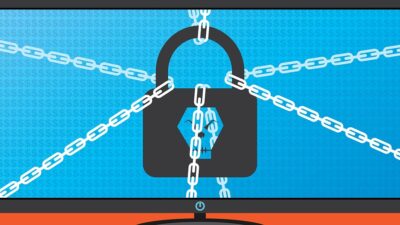With the rise of Web3, a decentralized version of the internet characterized by blockchain technology, users are more empowered than ever. However, this new digital frontier also poses unique challenges for securing personal identities. Unlike traditional web environments, Web3 shifts the responsibility of security to the individual, making it vital for users to take proactive steps to protect their digital identities. This article explores essential strategies to secure your digital identity in the Web3 landscape.
Understanding Digital Identity in Web3
Digital identity in Web3 is fundamentally different from its Web2 counterpart. In Web3, identities are often tied to blockchain wallets and decentralized identities (DIDs), which provide users with greater control over their personal information. However, this power comes with increased vulnerability to data breaches, scams, and fraudulent activities.
Challenges to Digital Identity Security
-
Decentralization: While decentralization enhances security by eliminating single points of failure, it also makes it harder to trace and resolve identity theft or fraud.
-
Phishing Attacks: Scammers increasingly target users through phishing attacks that leverage social engineering tactics, tricking individuals into revealing sensitive information.
-
Smart Contract Vulnerabilities: Interactions with decentralized applications (dApps) can expose users to risks if they don’t fully understand the smart contracts they are engaging with.
- Loss of Private Keys: Users’ digital identities often hinge on private keys. If a user loses their key or has it stolen, they could permanently lose access to their accounts.
Strategies for Securing Your Digital Identity
1. Use Strong, Unique Passwords
Although much of the Web3 ecosystem relies on wallets and private keys, traditional accounts on exchanges or social media platforms still require passwords. Utilize strong, unique passwords for each account and consider connecting them to a reputable password manager.
2. Implement Two-Factor Authentication (2FA)
Whenever possible, enable two-factor authentication on your accounts. This adds an extra layer of security by requiring a second form of identification, such as a text message or authentication app, to log in.
3. Safeguard Your Private Keys
Your private keys are critical to controlling your digital assets. Here are tips to manage them safely:
- Hardware Wallets: Invest in a hardware wallet to securely store your keys offline. This makes it harder for hackers to access them.
- Backup Keys: Create secure, encrypted backups of your keys in multiple locations.
- Never Share Keys: Be wary of anyone requesting your private keys; legitimate services will never ask for this information.
4. Educate Yourself on DApps and Smart Contracts
Before engaging with decentralized applications, take the time to research their party contracts and functionalities. Review community feedback, audits, and security analyses to gauge the reliability of the application. Always proceed with caution when interacting with new platforms.
5. Be Cautious of Phishing Scams
Stay vigilant against phishing attacks that can occur via email, social media, or direct messages. Common tactics include fake websites that mimic legitimate services. Always verify URLs and look for security indicators before entering sensitive information.
6. Utilize Decentralized Identity Solutions
Decentralized identity technologies allow you to control your data while minimizing exposure to risks. Platforms like uPort, Sovrin, and SelfKey enable you to create verifiable DIDs, allowing you to manage your identity across different services while maintaining control over your personal information.
7. Keep Software Updated
Regularly update all software, including wallets, browsers, and operating systems. Security patches frequently address vulnerabilities that could expose you to risks.
8. Monitor Your Digital Footprint
Regularly audit your digital presence, keeping track of your accounts, assets, and any ongoing transactions. Maintaining awareness of your online activity can help you swiftly detect and respond to suspicious actions.
Conclusion
Securing your digital identity in the Web3 landscape necessitates proactive measures and a strong commitment to cybersecurity. By adopting best practices—ranging from robust password management to cautious engagement with dApps—you can significantly enhance your security and navigate the decentralized internet with greater confidence. As the Web3 space continues to evolve, staying informed and vigilant will be essential to protecting your digital self in this new era of the internet.


